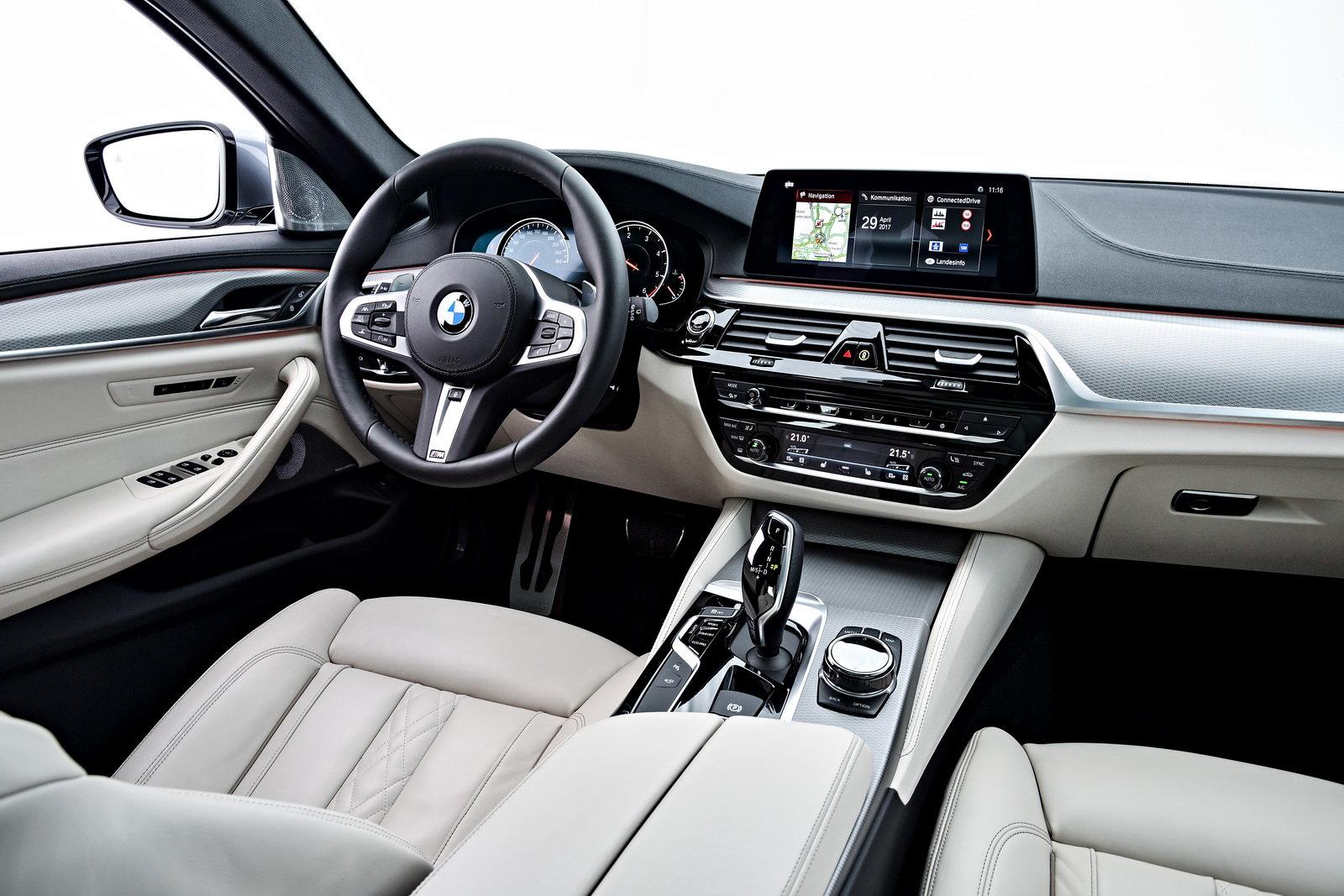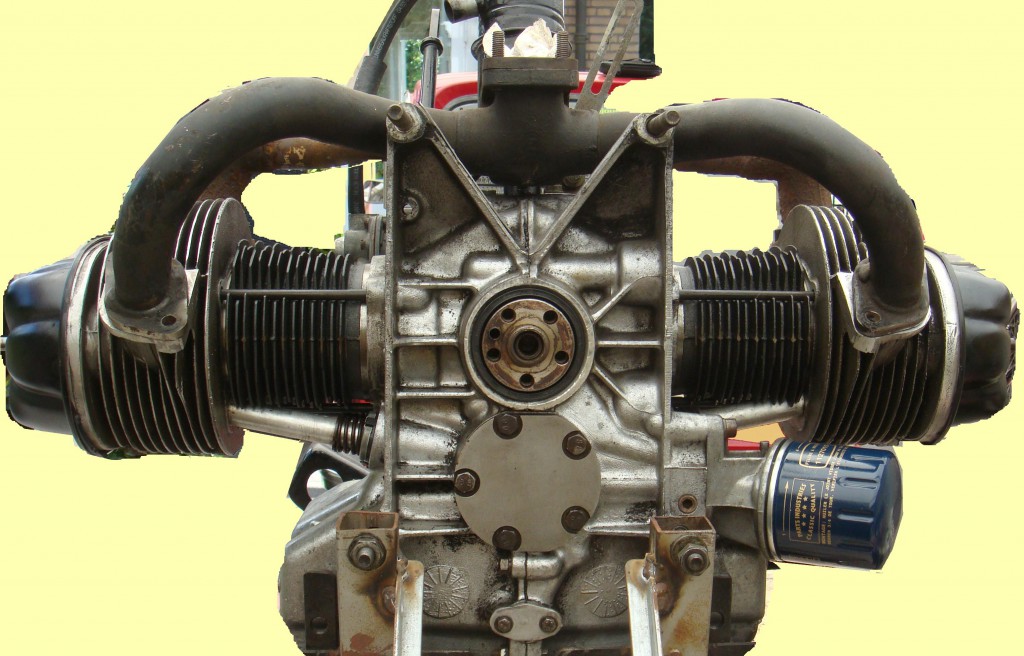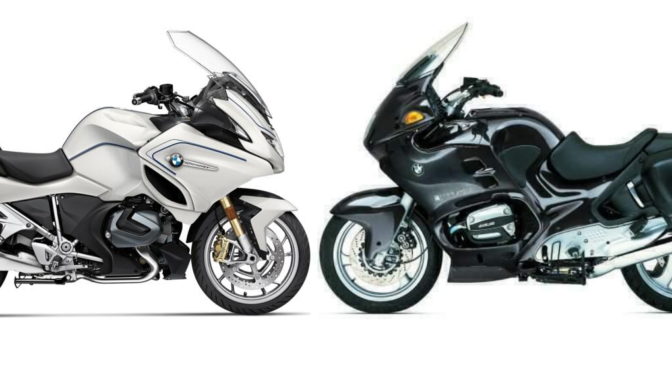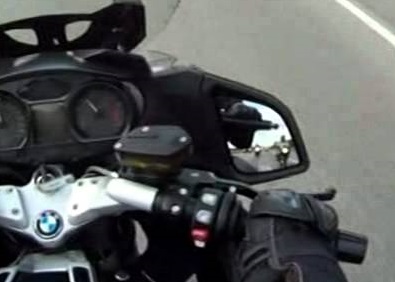Check-out our Motorcycle Tours!
In the last twenty years, I have driven every BMW R-series that was ever on the market. As is well known, these are the models equipped with the boxer two cylinders engine, a real trademark of the German company, produced in its ever more advanced variants without interruption from 1923 to today. They are all excellent bikes and, although they have many characteristics in common, they are quite different from each other in terms of aesthetics, intended use, weight, and performance. My favorites are the R (“Roadster”) and RS (“Reise-Sport”, “sporty travel”), the sportiest of the family, snappy and rather easy to handle, but also suitable for touring, thanks to the good comfort and well-integrated suitcases. The GS standard and Adventure (“Gelände-Strasse”, “inland-offroad”) are also excellent, multi-purpose, very comfortable, and equipped with huge suitcases, but also very effective on twisty roads.
And then there’s the RT. Aesthetically, it is is round like a matron, more rounded than any other faired bike, and protects you at the sides with cylinders, mirrors, and bags, all nearly a meter wide. My first BMW was just an RT, to be precise a R1150RT, bought new in 2001. It was named “Ursula”, a perfectly fitting name chosen by my ex-wife, because it was “Junoesque and Teutonic”. RT stands for “Reise-Tourer”, “tourist travel”, in case you don’t understand what the purpose of this bike is. The acronym was born in the late ’70s with the R100RT; but, as far as I’m concerned, the first real RT was the 1996 R1100RT: gigantic and equipped with a four-valve engine, Telelever suspension at the front, and Paralever at the rear, total fairing, and mirrors that act as handguards. This last feature was one that fascinated German engineers who are always attracted by platonic ideas that then suffer the impact of reality: In every RT series, the ‘protective’ mirrors mainly reflected the rider’s knuckles!
All these characteristics have remained in each of the following series: 1150, air-cooled 1200 in its single and twin cam variants, water-cooled 1200, up to the current 1250. An evolution of admirable consistency in which each model improves on the previous one in all respects without ever betraying the philosophy of the project. This is why I refer to the RT as if it were a single bike that has evolved over time.
Its sumptuous graces envelop you in a bubble of almost stationary air even at the highest speeds, provided you find the right position of its large windshield, electrically adjustable down to the millimeter with a button within reach of your thumb. A few centimeters lower and the air hits your face like on a cheap naked; a bit higher and the turbulence pushes your torso forward and slaps the passenger.
Given the aesthetic premises, it is not surprising that the RT is comfortable, indeed very comfortable on long journeys. This is because, in addition to the maxi fairing, it is equipped with large, soft seats and increasingly numerous accessories that pamper the rider and passenger beyond belief: radio; separately-heated grips and saddles for rider and passenger; electro-assisted shifting; a radar-assisted active cruise control from last year; and an ever more improved soft suspension which, over time, has become electrically adjustable and finally semi-adaptive, reaching an almost absolute perfection.
And all this is combined with respectable dynamic capabilities. Yes, because with the RT, in any of its incarnations, you can race on the motorway as if on the tracks, swerve surprisingly in the city and on narrow twisty roads, lean brilliantly thanks to a thoroughbred sports bike ground clearance, brake confidentally even while descending an Alpine pass and pass other vehicles with breathtaking quickness thanks to torque-rich engines, which have evolved over the years from 90 HP and 95 Nm of the 1100 to 136 HP and 143 Nm of the 1250, a value worthy of a tugboat, bested only by monsters like the BMW K1600, Honda Goldwing, and Triumph Rocket 3.
In short, the total road bike? Yes, it really is. It does pretty much everything very well. But I can’t stand it. Not surprisingly, after two-and-a-half years and 60,000 km, I switched to the first of a long series of four-cylinder Ks – seven in all, three “flying bricks” and four “frontline”. The reason I can’t stand the RT is trivial, but decisive: it vibrates. Hoping that it was a matter that could be solved with technological progress, every time a new version came out, I ran to try it with enthusiasm. Every time, I appreciated its aesthetics, accessories, and magnificent construction. And every time, my enthusiasm invariably turned into disappointment for the only, true, huge defect that this bike has: it vibrates.
Let’s be clear: The Boxer is a great engine which, in its most recent versions, has become a beast with powerful torque and more than adequate power. But improved as it is, it is still a twin-cylinder and vibrates as such; not like it used to, of course, but it vibrates always and in any case. When starting, it shakes the whole bike; at idle, it makes the windshield wobble; in motion, the handgrips and footrests always quiver; and, if you open the throttle below 3,000-3,500 rpm, the pull is powerful and regular, but the bike is entirely shaken by a brutal trembling which completely obscures the view from the mirrors. And that goes for the whole series. The 1100 was a drama—with only 5 gears on the motorway, it looked like a jackhammer. Then came the sixth, and continuously improved balancing shafts were added; but the engine capacity also increased and the substance hasn’t changed.
As if that weren’t enough, the Boxer also has an unsexy sound, even if they try to make it sportier with increasingly open Akrapoviç exhausts, which are particularly annoying on this bike, since the almost total abolition of aerodynamic noise due to the super fairing brings out the exhaust noise. Let’s face it: If a Ducati or a Guzzi passes, all those who have a minimum of motorcycle blood in their veins turn their heads in fascination; but if a BMW with Boxer passes, the only ones who turn their heads are the current or aspiring BMW owners.
The bizarre thing about this is that I find the Boxer perfectly acceptable on the GS and also on the R and RS road bikes; it’s only on the RT that I just can’t stand it. Every time I sit on it, I feel as if I’m entering a 5 Series: pampered by a sumptuous and refined interior, I close the door and I magically find myself in a leather-scented bubble of muffled silence; I turn on the ignition and the extremely elegant instrumentation comes to life, the lights dim smoothly, the air conditioning starts silently and discreetly.

And then I press the start button—and everything starts to vibrate and the magic suddenly disappears.
Well, I can’t stand the RT because, for all its opulence and sophistication, its automotive-flavored gadgets, and regal welcome, I instinctively expect a smooth, fluid, sexy engine to come to life when cranked up, not a giant version of a Citroën 2CV engine —powerful, yes, but in an unbearably rustic range compared to the class of the bike. I’ve been working on this thing for 20 years, trying to convince myself I’m wrong. My rational part knows that it’s a great bike, but my instinct feels mocked and makes me hate it.

I’m not saying that I would like it with the six cylinders; for that, there is already the magnificent K1600, which however involves at least 50 kg more to swing through traffic. But the RT deserves a four-cylinder, like all its competitors. In a certain sense, the case of the RT resembles that of the KTM 690. Its single-cylinder engine, for a long time the workhorse of the Austrian maker, had reached a level considerably higher than that of any competitor over the years; it went very fast and vibrated very little for a thumper. But always a thumper it remained and, as far as it could be perfected, it vibrated more than its twin-cylinder competitors. The Austrians eventually understood this and developed the twin-cylinder engine that, fitted on the 790 and 890, gave birth to two extraordinary bikes, unbeatable in their category.
Think what an RT with a four-cylinder boxer engine could be. BMW, what are you waiting for?


